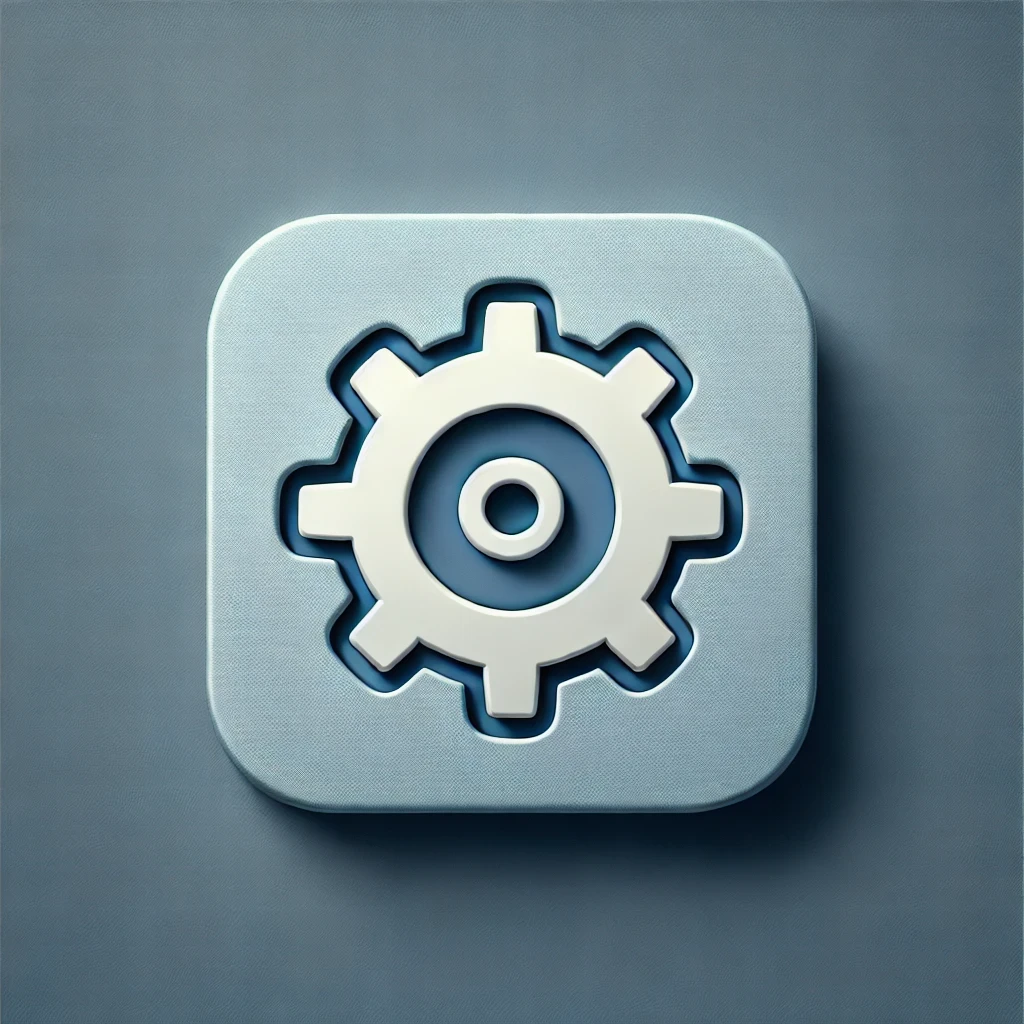When designing a website or a landing page, many marketers focus on branding, messaging, and visuals. But there’s another important factor that is often overlooked: creating a “familiar interface.” A familiar interface means designing your website in a way that feels intuitive to your users, making it easy for them to find what they need and take action. In this article, we’ll explore why familiar interfaces are so crucial and how they can benefit your marketing efforts.
Why Familiar Interfaces Matter
Think about the last time you visited a new website. How quickly could you find what you were looking for? Did you immediately know where to click, or did you feel lost and frustrated? This is where familiar interfaces come into play.
A familiar interface uses design elements that users already know from other websites. When a website feels familiar, users don’t have to spend time figuring out how it works—they already know! This reduces friction, increases user satisfaction, and boosts the chances of them taking the action you want, whether that’s making a purchase, signing up for a newsletter, or contacting your sales team.
Familiar interfaces are especially important for marketing websites because they directly impact conversion rates. If a user can’t find the information they need quickly, they’re likely to leave your site and look elsewhere. In contrast, a familiar, easy-to-navigate website can guide users smoothly through the sales funnel, increasing engagement and driving conversions.
Examples
Here are some real-world examples to illustrate the power of familiar interfaces:
Navigation Menus
Most websites have a navigation bar at the top of the page. It’s a familiar place where users look first when they need to find something. Imagine a website with no navigation bar or one placed at the bottom—users might feel lost or frustrated because it breaks the norm they’re used to. For example, Amazon keeps its navigation simple with a menu at the top and a search bar, making it easy for users to find products quickly.
Search Functionality
Think about Google. The search bar is front and center, making it easy for users to type in what they need. This is a design pattern that many other websites have adopted. For instance, e-commerce sites like eBay or Etsy use a similar, prominent search bar to help users find products efficiently.
Call-to-Action (CTA) Buttons
Familiar CTAs like “Buy Now,” “Sign Up,” or “Learn More” are crucial. They are typically placed in highly visible areas, like the top or middle of a webpage. For example, Spotify uses a bright green “Get Started” button on its homepage, making it clear what action they want users to take.
Form Fields
Most people are used to seeing forms with the “Name,” “Email,” and “Message” fields aligned vertically. If a form is too complex or looks different from the norm, users may be hesitant to fill it out. Websites like HubSpot and Mailchimp use simple, familiar forms to collect user information, which helps increase conversions.
Getting Technical
For those who want to dive deeper, here are some technical aspects to consider when creating familiar interfaces:
Usability Testing
Conduct usability tests with real users to understand which design elements they find intuitive and which cause confusion. This will help you identify which familiar elements to keep and which to improve.
UI Patterns
Utilize established User Interface (UI) patterns, such as breadcrumbs for navigation or hamburger menus for mobile views. Following these patterns ensures that your website is aligned with user expectations, improving usability.
Accessibility Standards
Familiar interfaces aren’t just about where things are placed; they also involve making sure your website is accessible to all users. Use tools to check if your site meets accessibility standards, such as WCAG (Web Content Accessibility Guidelines) or APCA. This includes ensuring that colors have enough contrast, fonts are readable, and buttons are easy to click.
Responsive Design
Make sure your website looks and functions well on all devices. Familiar interfaces should be consistent whether a user is on a desktop, tablet, or smartphone. Use responsive design techniques like flexible grids and CSS media queries to create a consistent experience across all devices.
Analytics Tools
Use tools like Flowpoint to see how users interact with your site. This data can help you understand where users drop off or get confused, allowing you to make informed changes to your design.
Conclusion
Creating familiar interfaces is key to a successful website or landing page. By designing in a way that feels natural and intuitive to users, you reduce friction, increase satisfaction, and ultimately drive more conversions. Whether it’s using a familiar navigation menu, a prominent search bar, or straightforward CTAs, these elements help users accomplish their goals with ease.
Updated September 2, 2024





